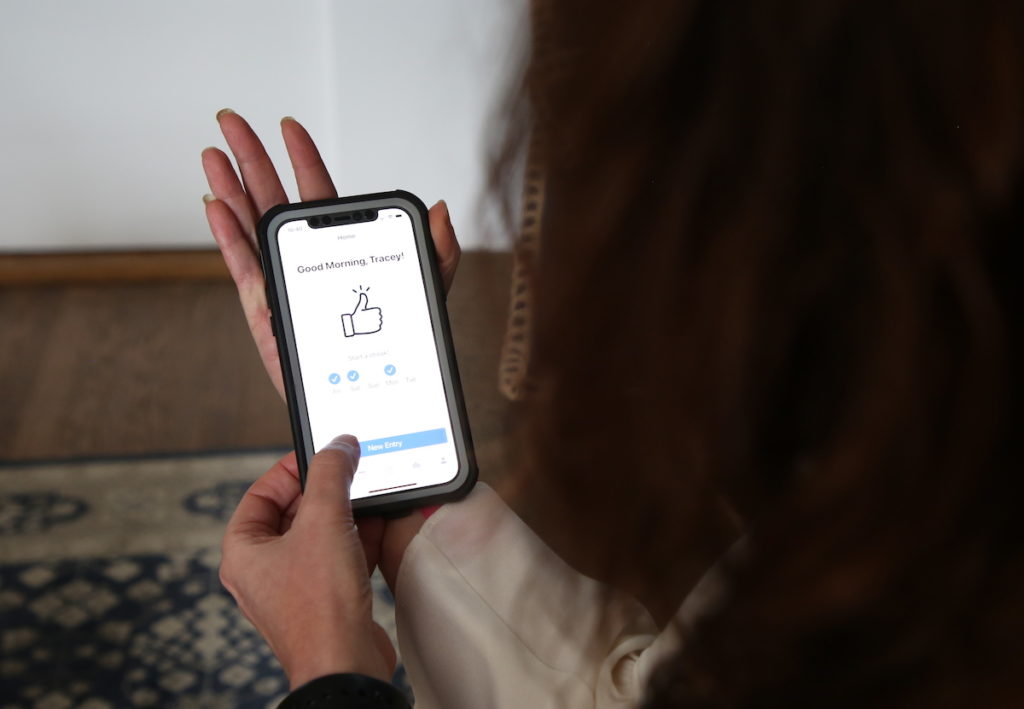Several weeks ago, I launched Journal My Health – my first consumer-facing product – live into the world. As part of that, I wrote a blog charting my experience building the product so that others could learn from my journey when developing their own ideas.
But as I came to realize, learning and development do not stop once your product is live. There is no direct line between idea, development, launch, and scale.
It’s more akin to the children’s games Chutes and Ladders or Candyland. Lots of fits and starts with both setbacks and leaps forward along the way.
So, what to expect once you’re live?
The Honeymoon Phase
The first few days after your launch is a great rush. Lots of congratulatory notes from family, friends, and colleagues. In my case, these were doubly rewarding as many of them were about how Journal My Health connected with them or was perfect for someone they knew struggling with Long Haul COVID.

But don’t get complacent. Your product is not like the old Ronco Rotisserie, where you could just “set it and forget it.” The reality is that your features will need to evolve, bugs will develop, and customer concerns will inevitably surface. Not to mention the need to expand your market share and introduce the product to an ever-widening circle of new people.
Enjoy that initial Honeymoon Phase and the glow that naturally comes along with it. But also, be quick to ask yourself “What’s next?” and be ready to buckle down.
A Flood of Fixes
One of the many realities of creating and developing software products is that no matter how much testing you do, there are always going to be bugs to fix.
Before our launch, we had tested our app across a number of different devices and the newest version of iOS in order to identify potential issues. We addressed the priority fixes before going live, but now had a backlog of lesser problems that still needed to be resolved.
On top of that list, beta users had shared early feedback that necessitated some changes. These were a mix of tweaks to make the app easier to use, and deeper suggestions that required more investigation and research. And now that we were live, we received a number of messages from new users about opportunities or concerns that hadn’t been on our radar previously.
My favorite was from a new user in Great Britain. Apparently, our clock mechanism in the app did not account for international time zones and was creating issues with the calendar. It was my V8 moment. We had not even considered international users when developing the app, but I was overjoyed that someone outside of the U.S. had found the app and was benefiting from it.
The lesson? It’s important to understand that bug fixes will be an ever-present part of your product lifecycle. Develop a process for prioritizing problems and assigning fixes early to make your life easier down the road.
Free Focus Groups
Engaging with customers to identify issues and oversights like the international time difference is a critical part of product refinement. As developers, we unconsciously develop products for people that look and act like us.
This is the cycle that can lead to unconscious bias in products and that can exclude certain communities entirely, especially for critical industries like healthcare and financial services. A robust feedback loop with users can help push your team to think about the product and its limitations or issues from a different perspective.
That feedback loop is also critical for product improvement. For a startup product, existing and potential users are your best and most affordable source of Research & Development. As the UX/UI specialist on our team continually reminds me, these are free focus groups.
Look to these customers as a source of or inspiration for new features. Of course, not all ideas will be feasible or simple enough to institute at this stage, but they can set you on a path to entirely new places.
It’s also an important way to head off big problems down the road and to calibrate your production cycle. If you’re hearing about the same feature or issues from several users, be sure to set your development direction accordingly.
Rinse, Wash, Repeat
As a startup, you have limited everything. Limited amounts of money, a limited number of developers, limited hours…the list goes on and on. Your life as a startup leader is often spent prioritizing.
At this stage – without vast sums of money and time – product development hinges upon having a clear product roadmap. This project timeline is vital to remaining organized and sustaining forward momentum.
A good product roadmap accounts for several goals:
- Describe the vision and strategy;
- Provide a written guide for execution;
- Align and create consensus among internal stakeholders;
- Facilitate discussion of options and scenario planning;
- Communicate effectively with external stakeholders, including customers.
But your product roadmap requires something of a Goldilocks strategy. Be too flexible and you’ll never make progress. Remain too rigid and your product could fizzle out.

You must lean on users for feedback, re-evaluate priorities against your vision and core deliverables, and then be willing to adjust as needed.
The Road Ahead
Today, I’m happy to report that Journal My Health is officially live and recording a steady growth in users. We’ve been accumulating feedback and prioritizing changes against the original vision outlined in our product roadmap. So far, so good.
But I know that there are more challenges to come. The key will be to remain focused on the vision and to sustain momentum while we roll with the punches.
I’ll continue to log my journey along the way and share what I’ve learned in my next post on building scale.
